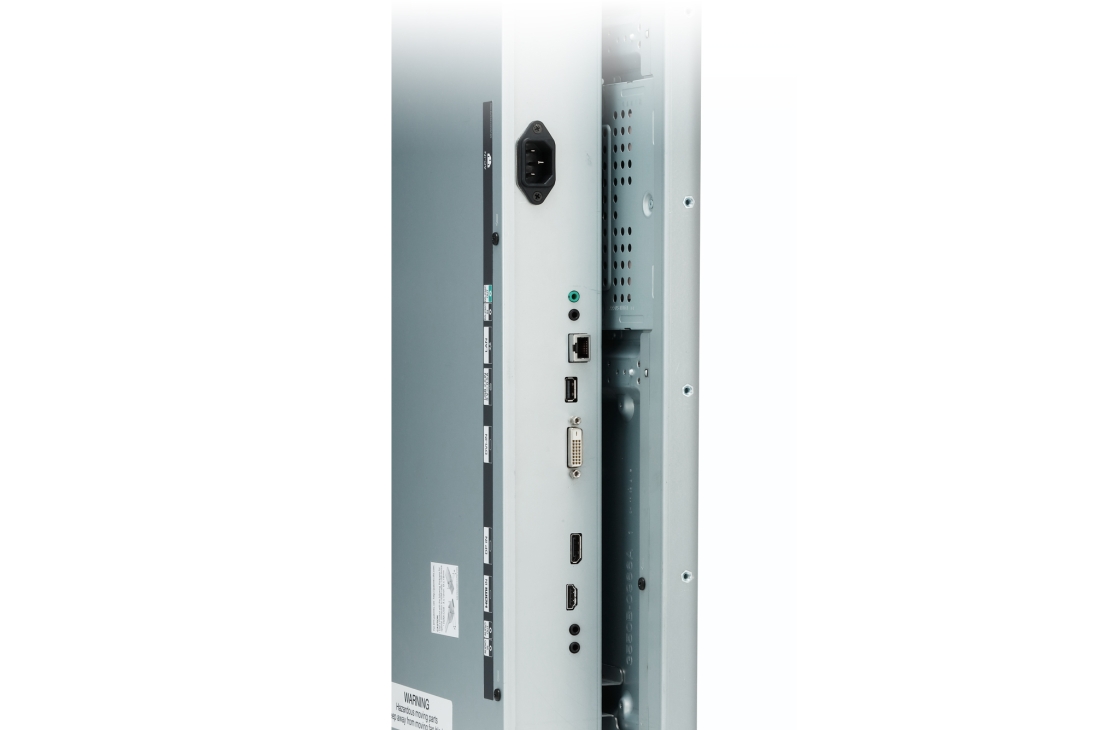

However, unlike the CX, the C1’s Game Optimizer gathers all the gaming settings in a single interface, so you can easily tweak options on a game-to-game basis. The C1 also gets the familiar 4K 120 Hz gaming, variable refresh rates and an auto-low latency gaming mode that limits input lag and should give you an extremely responsive experience. But the C1’s α9 Gen 4 AI-enhanced processor claims to have better upscaling of non-4K content, which is worth considering since a decent chunk of content still doesn’t arrive in native 4K. Like the CX, the C1 OLED supports Dolby Vision IQ. We’d obviously welcome across-the-board performance upgrades since the C1 is a newer set, though. The only benchmark we think LG could improve over similarly-priced OLEDs from competitors is its delta-E score, or color accuracy. We expect the LG C1 to provide a similarly impressive experience, although we’ll need to test it to see how it compares to its predecessor. In our experience, both in the lab and anecdotal, LG CX OLED is especially capable of delivering high levels of contrast thanks to the lack of leaky backlights.


The result is realistic, deep blacks in the parts of a picture that are truly black. OLED panels release light on a pixel-by-pixel basis, meaning power is only sent to the pixels that need it at any given time. We use the Tom’s Guide TV testing protocol to determine the performance of every unit we review, so in the case of consistent top-shelf OLED models like LG’s C-series, we can recognize subtle picture differences or improvements.
#Lg cx ai brightness control plus#
As for ports, both sets have 4 HDMI 2.1 inputs for pairing your entertainment peripherals, plus one HDMI with eARC/ARC support for setting up the best soundbars easily.


 0 kommentar(er)
0 kommentar(er)
